Dee Rees on ‘Pariah’
The film started out as a student short in 2007. Did you always envision being able to turn the short into a feature film?
The crazy thing is, I envisioned it as a feature to begin with. We didn’t have the resources to do a feature film as a student thesis, so it was a question of ‘What can we achieve in this amount of time?’ Even as a short, it was not fitting a conventional mould, as a short film is meant to be 10 minutes. But I couldn’t get it down to 10 minutes. It had to be half an hour.
So when you had the opportunity to make the feature, you already had a plan and a script mapped out for it?
I had a 140-page script that I’d already written. So revisiting that to make the feature was very instructive, because it taught me how to edit, as I had to get it down to 90 minutes. For example, with Alike and her father, I initially had three different moments with them – a moment about keeping secrets, showing an alliance, and a moment of questioning – but I was able to condense that into just one moment.
And in the original script, we saw Alike going off to college. But I felt like she was repeating the same cycles again. So instead I realised that maybe we need to let her go off into the beyond. It’s not quite a happy ending, but it’s a hopeful ending, because she knows who she is.
The film has such an incredible visual style, particularly the lighting and cinematography. How did yourself and Bradford Young come to decide on this vision?
Bradford and I always wanted the look of the film to serve the characters. We never wanted it to be cool for cool’s sake. We wanted the camera to show who the characters are.
People thought that it was underexposed, and too dark, but it was because we were showing Alike moving in and out of the light. She starts off the film as a chameleon, so she’s always painted, but towards the end of the film, she becomes bathed in white light. As we were shooting on film, Brad was looking at which stocks worked best, and this way of lighting with kinos and diffusion, which people weren’t really doing as much back then. He basically made his own kind of light so that we could tell the story in this particular way.
As artists of colour, you have to be clear about your intentionality, as people might not attribute it to you. They might think it’s not clear, or it was a mistake, and it’s neither. It was an intentional aesthetic, and I think 10 years later it’s clear that that was by design.
You were also very ahead of the curve – there are now all these conversations on cinematography and how to light darker skin, but you were already doing that.
Brad was already doing it! He was bringing his references, and we weren’t ascribing to what the ‘rules’ of film were. It was a beautiful look, and I feel like his work is now being recognised, and emulated, and people kind of get it now.
You really focus on shared queer Black spaces in the film, which we don’t often get to see. Why did you feel like it was important to show these spaces in the film?
I think it was important because we wanted to put Laura and Alike in context. We wanted to show that they weren’t alone. We wanted to show this communal lived experience where there’s this togetherness and camaraderie.
Even though Alike is having this singular tug of war within herself, she still has love; she’s still surrounded by other people in different contexts that are going through similar things. I love Laura and her little crew, with the fun, the familiarity and the pace of it – it’s like moving at the speed of light. I just find beauty in those kinds of spaces, and I wanted the viewer to want to be there.
I’m curious to know how you were able to find compassion for some of the characters in your film, particularly Alike’s parents. How was it writing them, and making them feel like three-dimensional characters?
When I was doing Sundance Writer’s Labs, I was given an exercise where I had to write the film from everyone’s point of view. Write it from beginning to end from Laura’s point of view, from Arthur’s, from Sharonda’s… I wrote these stream-of-consciousness monologues for each character.
Alike’s parents love their daughter, but they can’t get out of their own way. With Audrey, she’s operating out of fear. She just wants her kid to have a good life but is worried that Alike being gay, or ‘choosing’ to be gay, is going to make things harder for her – she’s going to be unloved, and she’s going to be alone, because Audrey herself is lonely.
And then Arthur is operating out of guilt from his infidelity. He’s a great dad, but he doesn’t know how to relate to Alike, so he forms this alliance with her where they’re both keeping each other’s secrets. But he’s still unable to be transparent with her. These things make the characters sympathetic, because you can understand their motivations. It makes them feel real.
The casting was the second phase of that. Adepero Oduye had Alike in her, Pernell Walker had Laura in her. Audrey was one of the hardest roles to cast, because all the actresses who came in just gave me a stock character – the angry Black mother. For a while I was worried that that was what was on the page, that I didn’t write the character right, but then Kim Wayans came in and she had to be like the 80-something Audrey. But Kim was the only one who got that vulnerability, that kind of love and hurt. Only Kim Wayans had that.
Lastly, I’m keen to know what your thoughts are on how queer cinema has changed in the decade since Pariah was released. Do you see big differences?
I think queer cinema has moved on in that coming out isn’t the big narrative point anymore. Sexuality is now treated much more matter of fact; it’s not the central conflict in a lot of film and TV. It’s just one facet of people’s identity, and not ‘the thing’.
I feel like characters have space to be more complex and be flawed. Not everyone has to be a hero now. People can be villains, they can be flawed. You don’t have to have this virtuous presentation of queer people to undo all the many years of misrepresentation – queer people, just like anyone else, can have a spectrum of humanity.
Interview by Grace Barber-Plentie, bfi.org.uk, 12 July 2021
Pariah
Director: Dee Rees
Production Companies: aid+abet, Chicken & Egg Pictures, MBK Entertainment
Executive Producers: Spike Lee, Jeff Robinson, Sam Martin, Mary Jane Skalski, Susan Lewis, Ann Bradley, Stefan Nowicki, Benjamin Weber, Joey Carey, Julie Parker Benello, Judith Helfand, Wendy Ettinger, Douglas A. Eisenberg, Matthew J. Simon, Jeanine McLean
Producer: Nekisa Cooper
Written by: Dee Rees
Director of Photography: Bradford Young
Editor: Mako Kamitsuna
Production Designer: Inbal Weinberg
Costume Designer: Eniola Dawodu
Music: Sparlha Swa, Tamar-Kali
Cast
Adepero Oduye (Alike)
Pernell Walker (Laura)
Aasha Davis (Bina)
Charles Parnell (Arthur)
Sahra Mellesse (Sharonda)
Kim Wayans (Audrey)
Shamika Cotton (Candace)
Ray Anthony Thomas (Mack)
Afton Williamson (Mika)
Zabryna Guevara (Mrs Alvarado)
USA 2011
86 mins
Digital
SIGHT AND SOUND
Never miss an issue with Sight and Sound, the BFI’s internationally renowned film magazine. Subscribe from just £25*
*Price based on a 6-month print subscription (UK only). More info: sightandsoundsubs.bfi.org.uk

BFI SOUTHBANK
Welcome to the home of great film and TV, with three cinemas and a studio, a world-class library, regular exhibitions and a pioneering Mediatheque with 1000s of free titles for you to explore. Browse special-edition merchandise in the BFI Shop.We're also pleased to offer you a unique new space, the BFI Riverfront – with unrivalled riverside views of Waterloo Bridge and beyond, a delicious seasonal menu, plus a stylish balcony bar for cocktails or special events. Come and enjoy a pre-cinema dinner or a drink on the balcony as the sun goes down.
BECOME A BFI MEMBER
Enjoy a great package of film benefits including priority booking at BFI Southbank and BFI Festivals. Join today at bfi.org.uk/join
BFI PLAYER
We are always open online on BFI Player where you can watch the best new, cult & classic cinema on demand. Showcasing hand-picked landmark British and independent titles, films are available to watch in three distinct ways: Subscription, Rentals & Free to view.
See something different today on player.bfi.org.uk
Join the BFI mailing list for regular programme updates. Not yet registered? Create a new account at www.bfi.org.uk/signup
Programme notes and credits compiled by Sight and Sound and the BFI Documentation Unit
Notes may be edited or abridged
Questions/comments? Contact the Programme Notes team by email

